Description

1. Product Overview
The Woodward 8290 – 191 is a product from Woodward, a well – established company with a long – standing reputation in the field of industrial control systems, especially in the areas of engine, turbine, and power generation control. This particular model is likely to be a component used in the control and regulation of engines or turbines, which are crucial in various industrial applications such as power plants, marine vessels, and oil and gas operations.
2. Key Functions
- Speed Control: One of the primary functions of the Woodward 8290 – 191 could be to regulate the speed of an engine or turbine. It can sense the actual speed of the rotating equipment and compare it with a set – point speed. Based on the difference, it adjusts the fuel or steam supply to the engine or turbine to maintain a stable speed. For example, in a power generation application, it ensures that the generator runs at a constant speed to produce electricity at the correct frequency.
- Load Control: It may also play a role in load control. As the electrical load on a generator changes, the Woodward 8290 – 191 can adjust the power output of the engine or turbine to match the demand. This helps in maintaining a stable power supply and preventing overloading or under – utilization of the equipment.
- Governor Function: Acting as a governor, it can respond to sudden changes in operating conditions. For instance, if there is a sudden increase in the load on a generator, it can quickly increase the fuel or steam supply to the engine or turbine to prevent a drop in speed.
3. Product Parameters
| Parameter | Specification |
|---|---|
| Supply Voltage | Typically in the range of 12 – 24 VDC, which is common for many industrial control devices. This voltage range provides a stable power source for the internal electronics of the unit. |
| Input Signals | It can receive various input signals such as speed signals from a magnetic pickup or an encoder, load signals from a current transformer or a power meter, and set – point signals from a control panel or a remote control system. |
| Output Signals | The output signals are used to control the fuel or steam valves. These signals can be in the form of analog current or voltage signals (e.g., 4 – 20 mA or 0 – 10 V) to drive the actuators of the valves. |
| Control Range | The speed control range might be, for example, from 500 RPM to 3600 RPM, depending on the specific application requirements. The load control range could be from 0% to 100% of the rated load of the engine or turbine. |
| Accuracy | It offers high – accuracy control, with a speed control accuracy of ±0.5% or better. This ensures precise regulation of the engine or turbine speed. |
| Operating Temperature | It can operate in a wide temperature range, typically from – 20°C to 60°C, making it suitable for use in different environmental conditions. |
| Dimensions | [Length: 200 mm, Width: 150 mm, Height: 80 mm] (approximate), which is a compact size for easy installation in control panels or near the engine/turbine. |

4. Advantages and Features
- High – Precision Control: The Woodward 8290 – 191 provides accurate speed and load control, which is essential for the efficient and reliable operation of engines and turbines. In a power plant, this high – precision control helps in maintaining a stable power output and reducing wear and tear on the equipment.
- Robust Design: It is designed to withstand harsh industrial environments. The unit is resistant to vibration, shock, and electrical noise, ensuring long – term reliability. For example, in a marine engine application, it can operate reliably despite the rough sea conditions and the vibrations from the engine.
- Flexibility: It can be easily configured to meet different application requirements. The set – points for speed and load control can be adjusted according to the specific needs of the engine or turbine. This flexibility makes it suitable for a wide range of applications.
5. Application Areas
- Power Generation: In both small – scale and large – scale power plants, the Woodward 8290 – 191 is used to control the speed and load of generators. It ensures that the power output is stable and matches the demand from the electrical grid.
- Marine Industry: On ships, it is used to control the engines of vessels. It helps in maintaining a constant speed during navigation and also adjusts the engine power according to the load requirements, such as when the ship is accelerating or decelerating.
- Oil and Gas Sector: In oil and gas production facilities, it can be used to control the turbines that drive compressors, pumps, and other equipment. This ensures the efficient operation of the production processes.
6. Selection Considerations
- Compatibility: Ensure that the Woodward 8290 – 191 is compatible with the engine or turbine you are using. Check the input and output signal requirements, as well as the power supply voltage.
- Performance Requirements: Evaluate your specific speed and load control requirements. Consider the control range, accuracy, and response time needed for your application.
- Environment: Take into account the operating environment, such as temperature, humidity, and the presence of dust or corrosive substances. Make sure the unit can operate reliably in such conditions.
- Cost – Benefit Analysis: Compare the cost of the Woodward 8290 – 191 with its features and performance. Consider the long – term savings in terms of energy efficiency and reduced maintenance costs.

7. Precautions
- Installation: Follow the installation instructions provided by Woodward carefully. Ensure proper grounding and wiring to prevent electrical interference and malfunctions.
- Maintenance: Regularly check the unit for any signs of damage or wear. Clean the unit and its connections to prevent dust and debris from affecting its performance.
- Software Updates: If the unit has associated software, keep it up – to – date to access the latest features and improvements in control performance.



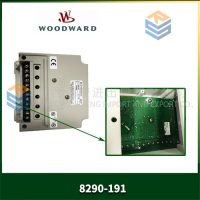
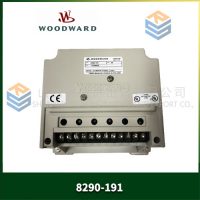
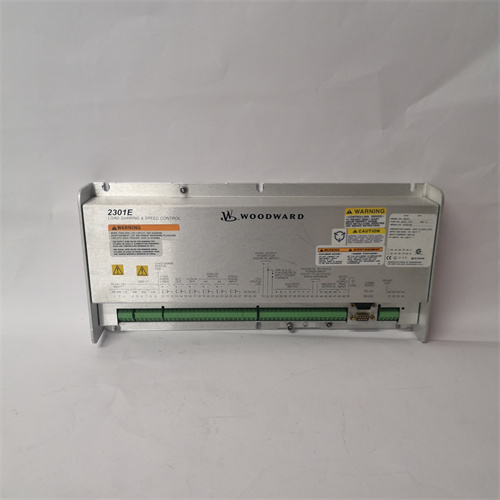

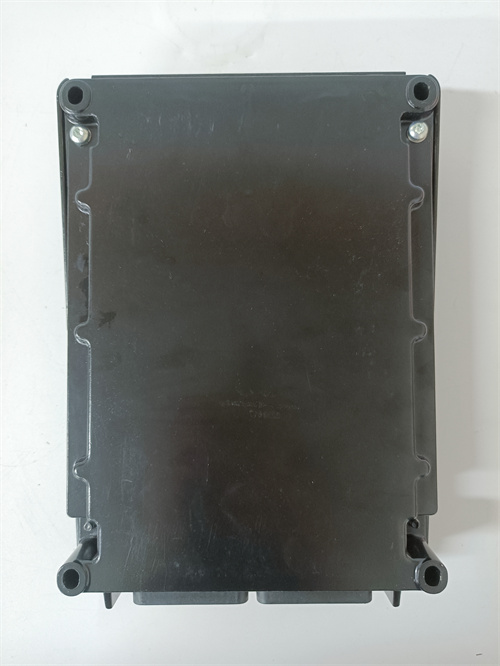
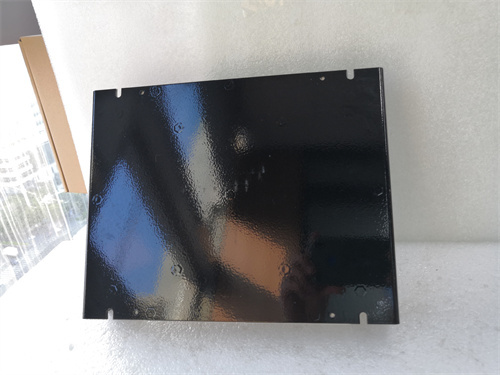
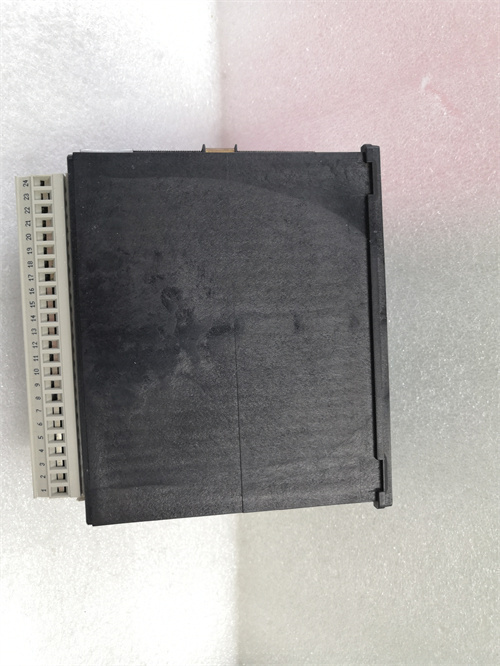

Reviews
There are no reviews yet.